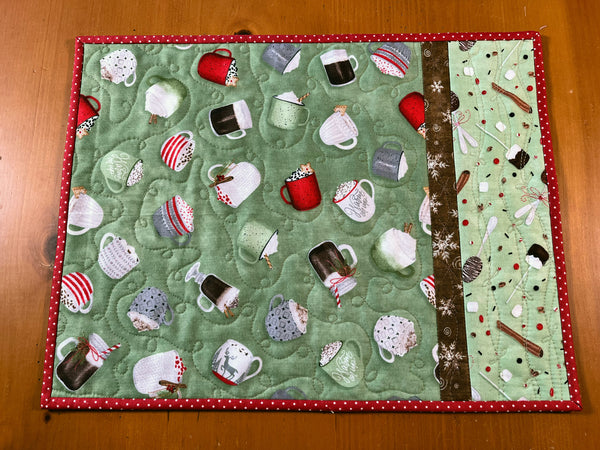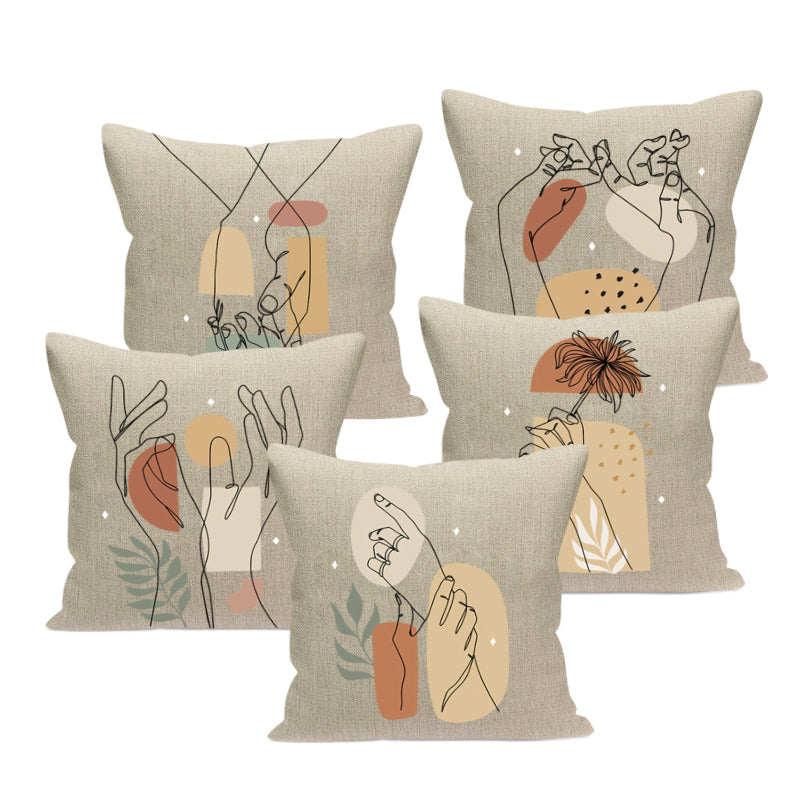The 10-Second Trick For Top News Sites
The 10-Second Trick For Top News Sites
Blog Article
More About Unique Art
Table of ContentsNot known Incorrect Statements About Unique Art The Buzz on Unique ArtThe Only Guide for Unique ArtGetting My Unique Art To WorkUnique Art Things To Know Before You Buy
While one might discuss which art type holds priority, the truth continues to be that each of these 7 kinds gives an unique home window right into human background, society, and development. Unique Art. They are the tapestries that chronicle our trip, advising us of our past while motivating visions for the future
3 Emil DervishIn this entranceway by Emil Dervish that lovely cobalt blue door steals the program. To bring even much more dramatization, he prolonged the paint. to the doorframe and the wall up, ending up in a curved shape (Unique Art). The curves, together with a round sconce, soften the sides. Structures classic posters and maps of beloved places set the scene.
Little Known Questions About Unique Art.
8 TRIA GIOVANEqual parts grand and laidback, this entrance hall developed by Anthony Baratta is the excellent blueprint to adhere to if you're enhancing an official entryway that still really feels unfussy and comfortable. Patterned textiles take facility stage (see the carpetings and the couch), yet they also aid bring the high ceilings to a human range when hung over wallpaper.
18 Heidi Caillier DesignA gallery wall does not need to take up the entire room. Occasionally a small one can make a bigger design statement. In this living space, Hiedi Caillier decided for micro-mini frameworks and a random structure.
, the expression of ideas and emotions, with the creation of particular visual qualities, in a two-dimensional visual language. The aspects of this languageits forms, lines, colours, tones, and texturesare utilized in numerous methods to create sensations of volume, space, activity, and light on a level surface area. These components are integrated into meaningful patterns in order to represent genuine or superordinary sensations, to translate a narrative theme, or to produce entirely abstract visual relationships.
Later the notion of the "fine artist" created in Asia and Renaissance Europe. Prominent painters were paid for the social standing of scholars and courtiers; my explanation they authorized their work, determined its design and often its subject and imagery, and developed a much more personalif not constantly amicablerelationship with their clients. Throughout the 19th century painters in Western societies started to shed their social setting and safe and secure patronage.
Fascination About Unique Art
Others made an earnings through touring events of their work. The need to appeal to an industry had replaced the similar (if much less impersonal) demands of patronage, and its impact on the art itself was most likely comparable. Usually, artists in the 20th century might reach a target market only with business galleries and public museums, although their work might have been sometimes replicated in art periodicals.

Do not duplicate the design of various other musicians if you're searching for your style. Copying other individuals's art work can be great in educational functions yet it will not make you closer to locating your own one-of-a-kind style. Your imaginative style needs to be, what you such as and what inspires you.
An Unbiased View of Unique Art
I would certainly believe of your own design as a design you paint in normally, when you release all ideas and rules and simply focus on paint, not considering it. The design has to come normally to you when you are unwinded and you can't compel it or it won't be your own style, just somebody else's.
You need to attempt whole lots of different choices and discover whatever before you can concentrate on one certain style or you'll be bored, you can look here or even worse, you'll hate your very own design. I recommend you to attempt every single topic that you're interested in, discover as much as you can. Try different tools that delight you and new strategies you've never ever attempted before.
With time you'll be able to arrange every one of them into your preferred and least preferred groups. Try to focus your interest on the topics and mediums that you like and prior to you see it coming you'll have your own personal and special style, like nobody else have! In the end you'll have a couple of favored subjects to paint and possibly a couple of favored mediums.
Unique Art - Questions
The design has to create itself over time with a whole lot of method and experiments. Thank you for reading this blog post and if you have any kind of questions leave them in the remarks listed below, I would certainly be happy to address these.
Report this page